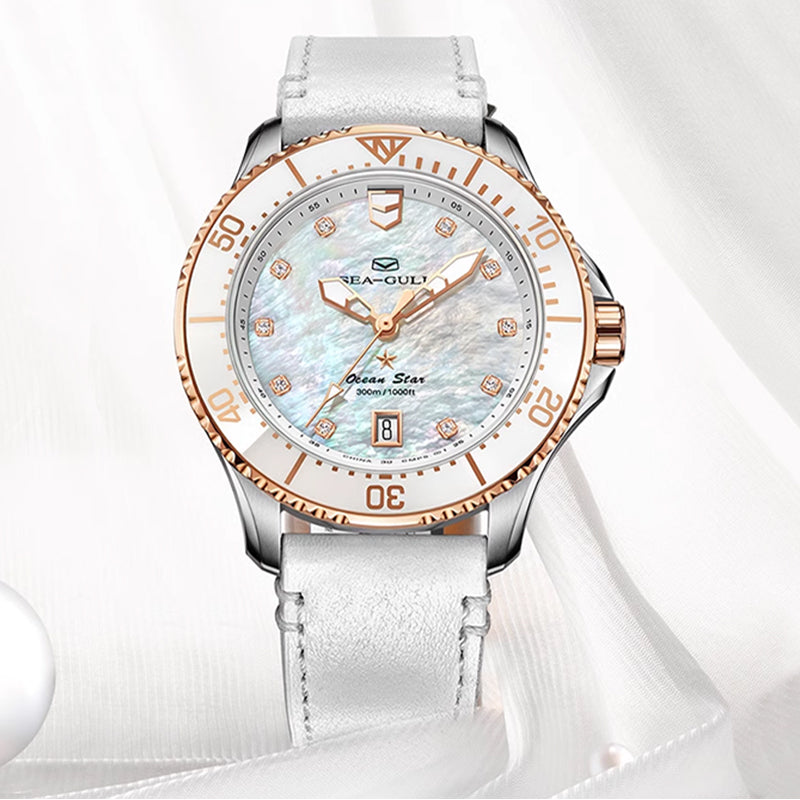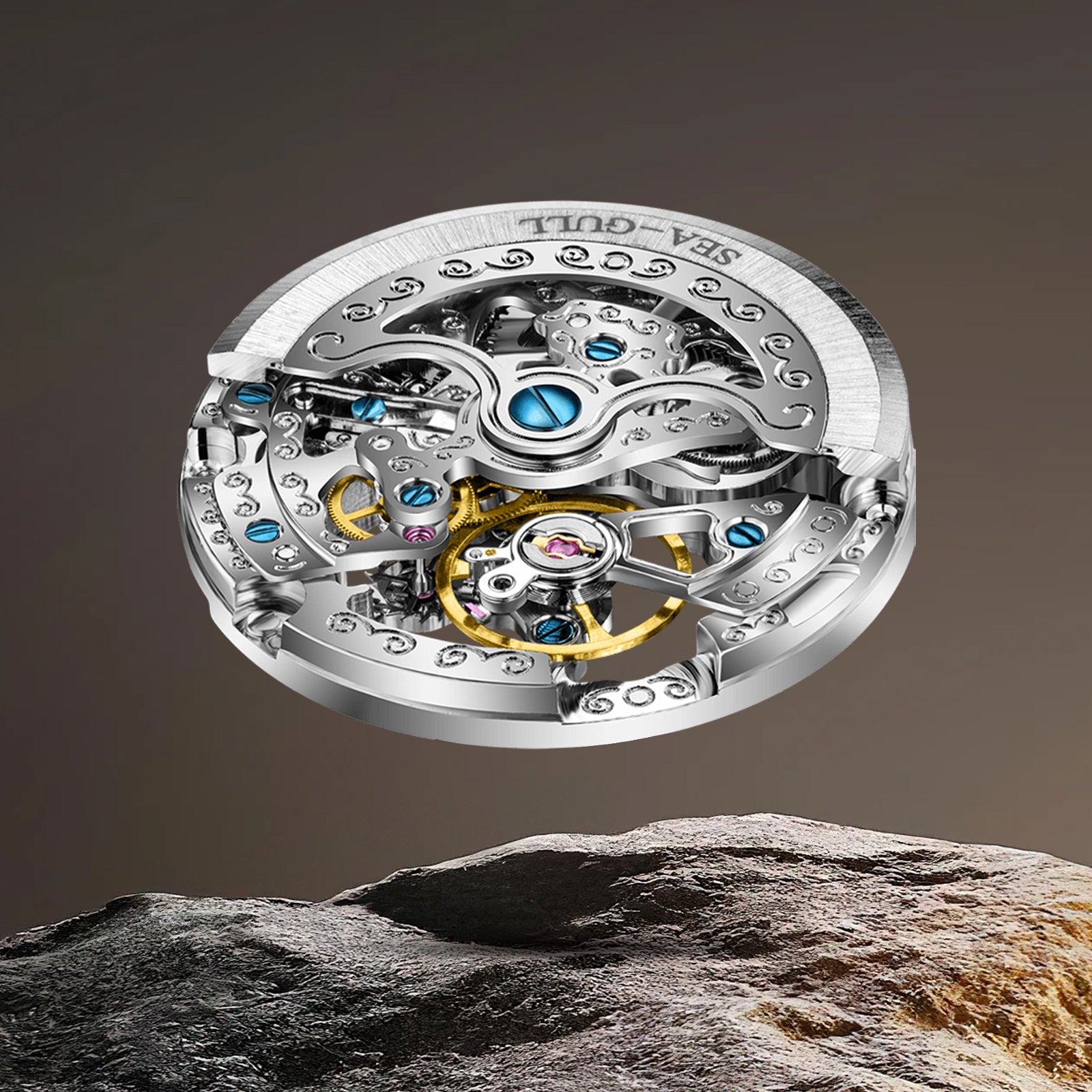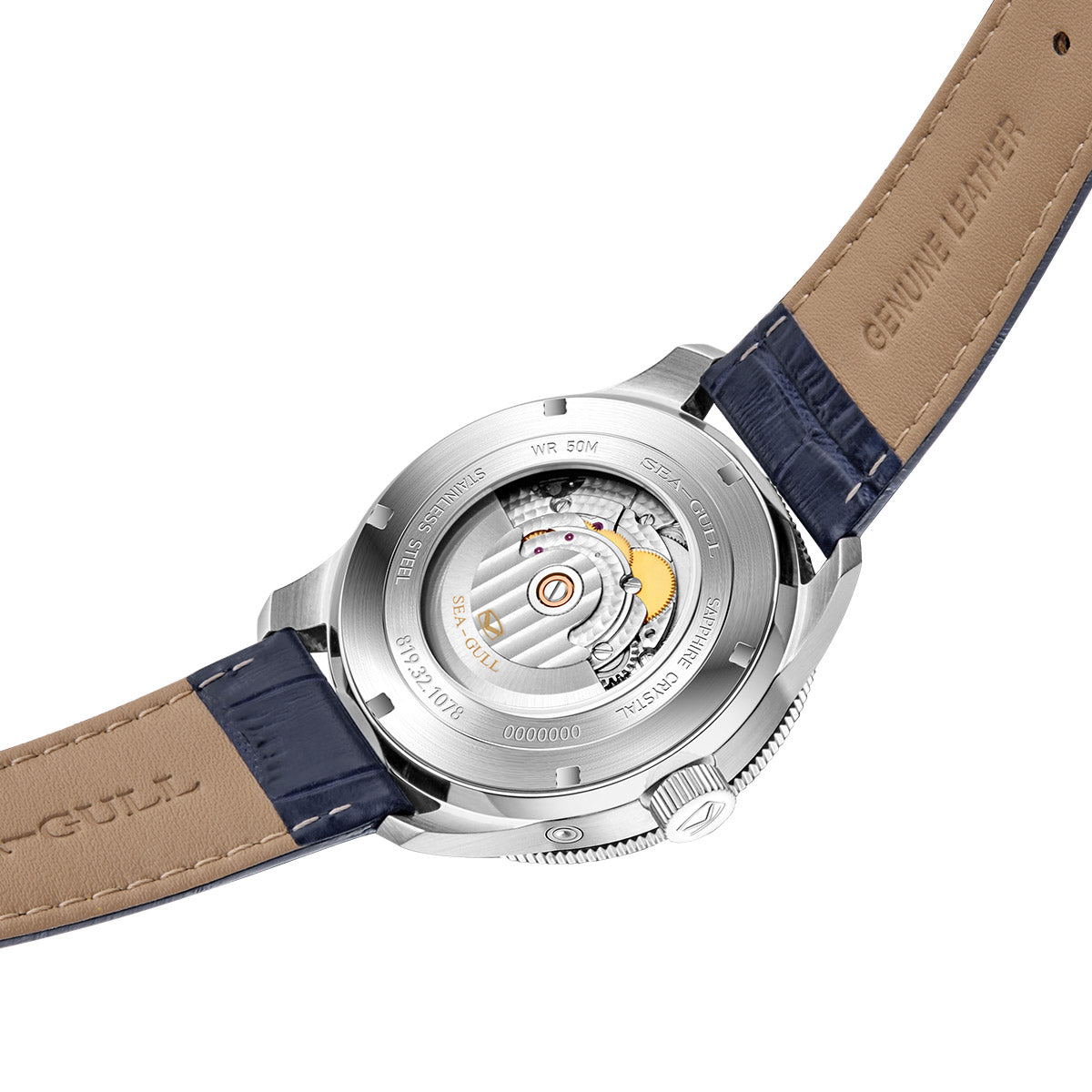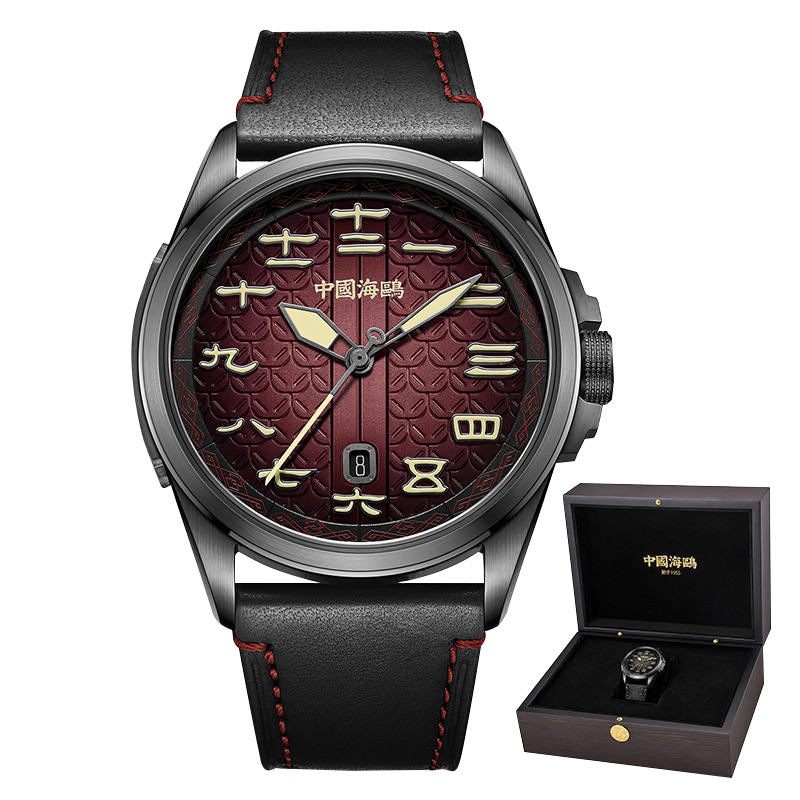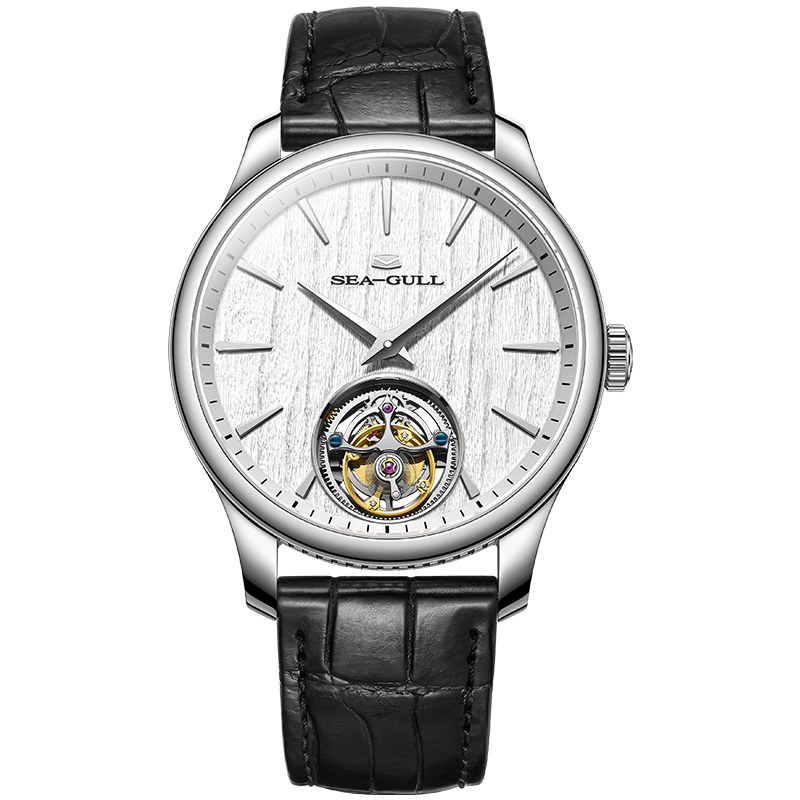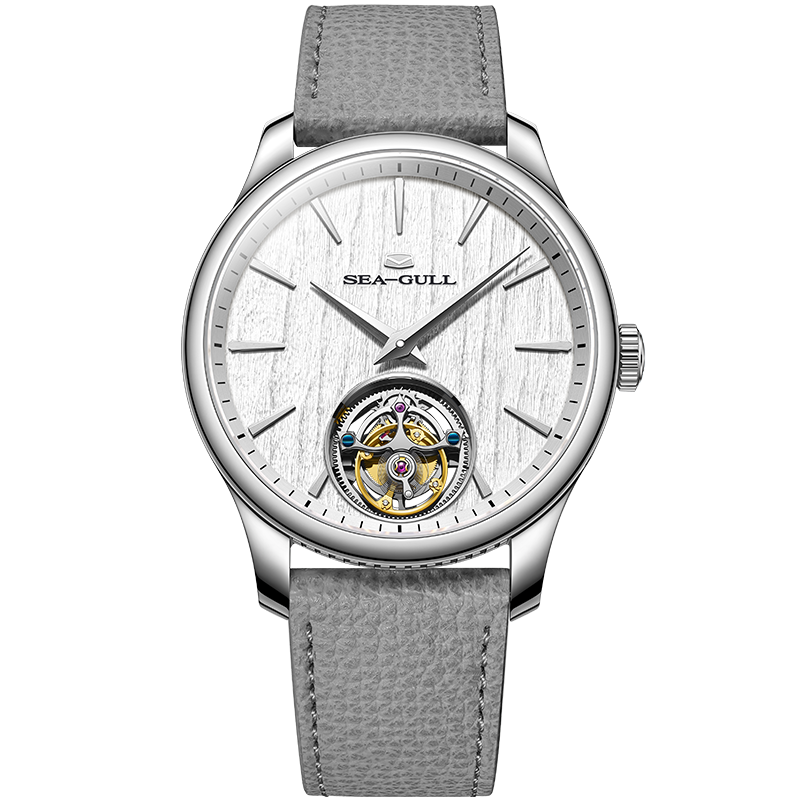Sea-Gull
Les 24 termes solaires
Inspiré par des siècles de sagesse saisonnière chinoise.
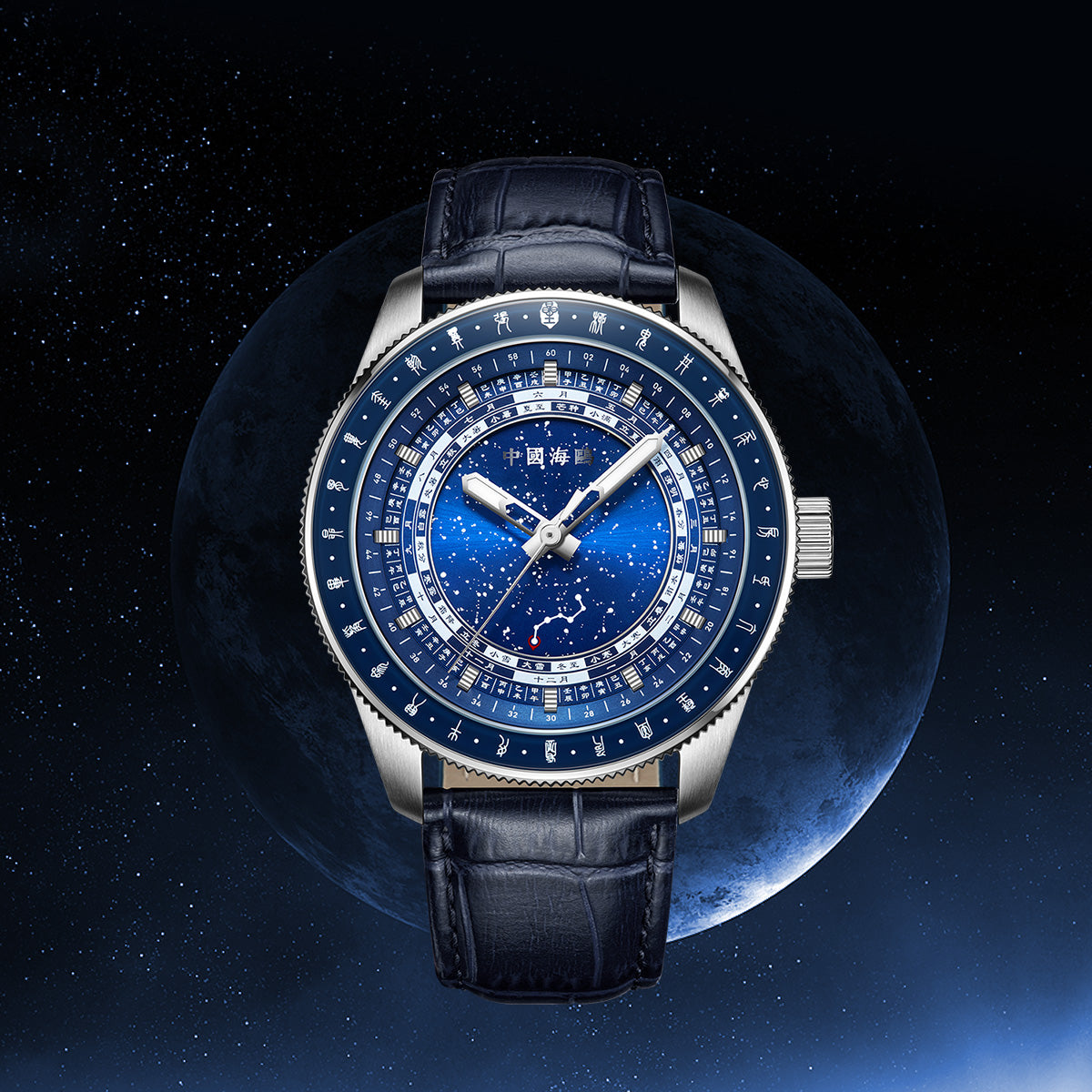
Enregistrer l'harmonie de la nature et du temps
Les 24 Termes Solaires divisent l'année en 24 phases saisonnières précises, utilisées historiquement pour le suivi du climat, la planification agricole et l'organisation quotidienne. Ils offrent une manière claire et structurée de comprendre les tendances météorologiques et les cycles naturels.
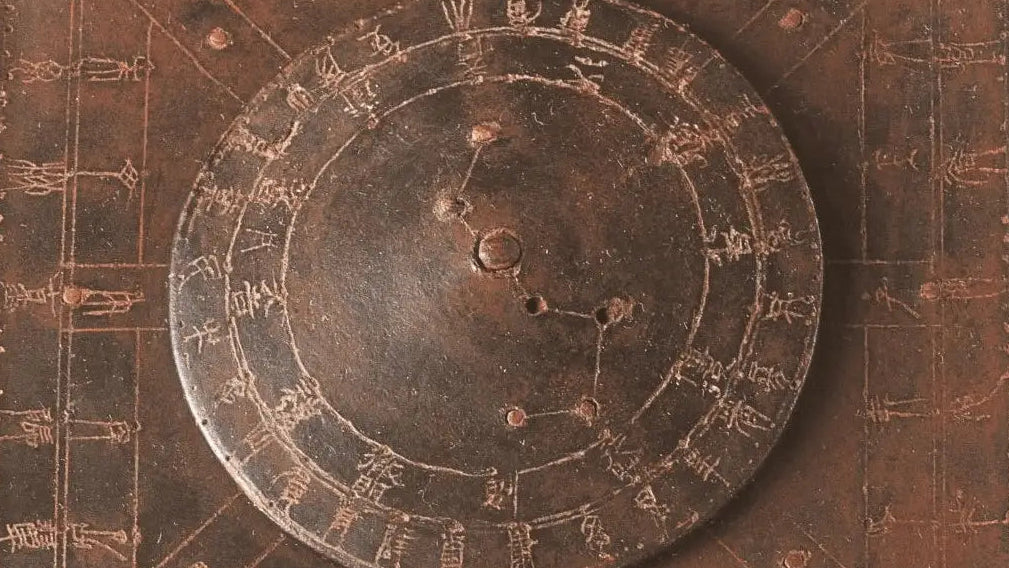
Big Dipper
4500 BC
Ancient Chinese communities relied on its dipper handle’s direction to distinguish seasons, serving as a core star-observation tool for daily timekeeping.

Lunar Calendar
1600 BC
The Shang Dynasty formalized the Lunar Calendar with moon phase records and leap months, which guided all agricultural work and traditional festival arrangements for ancient people.
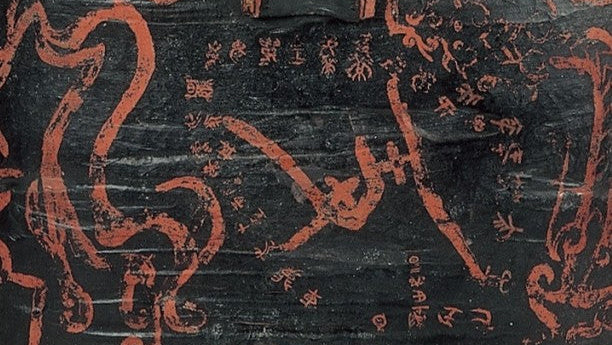
28 Mansions
433 BC
People marked 28 celestial sectors to track the sun, moon and planets, supporting farming planning, long-distance travel and ritual ceremonies.
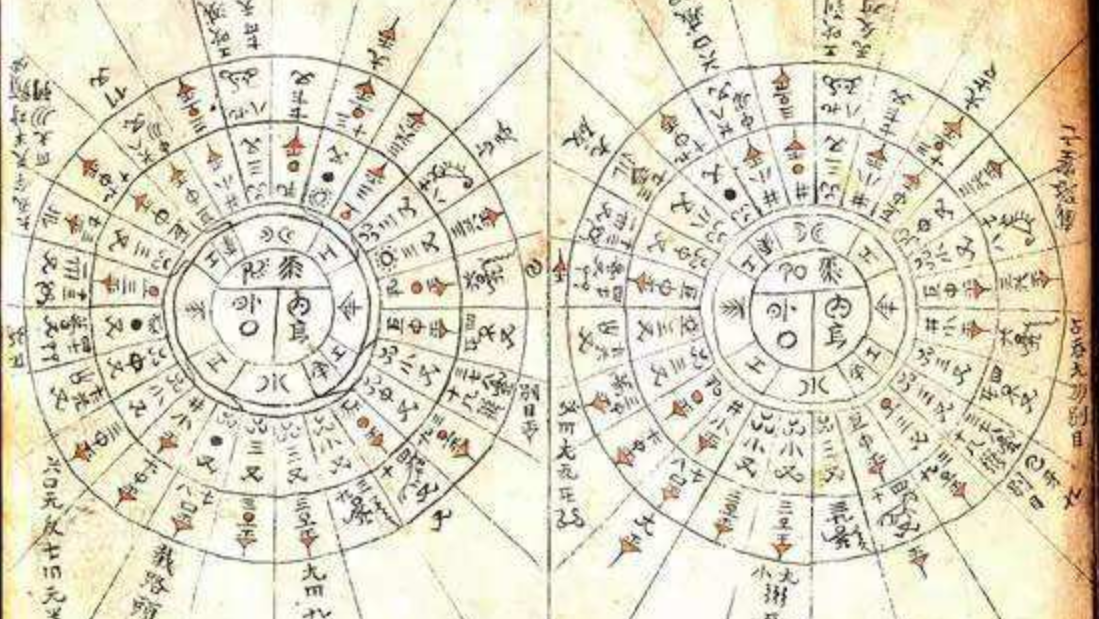
24 Solar Terms
104 BC
It was officially included in theTaichu Calendar, precisely instructing farmers on sowing, irrigating and harvesting based on solar longitude.
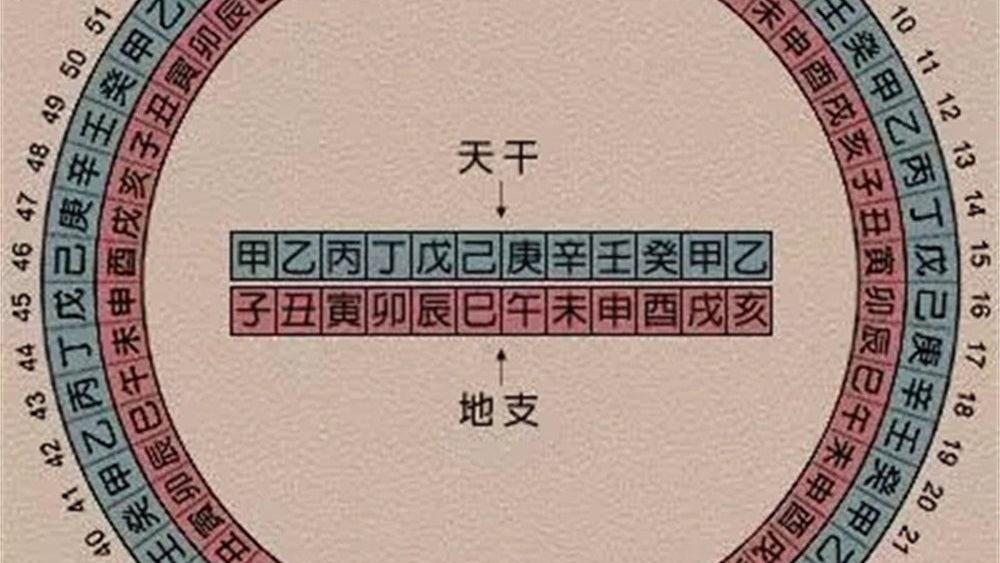
Sexagenary Cycle
85 AD
The Eastern Han Dynasty adopted it as an official chronology, recording historical events, dynastic years and individuals’ ages via a 60-year cycle.
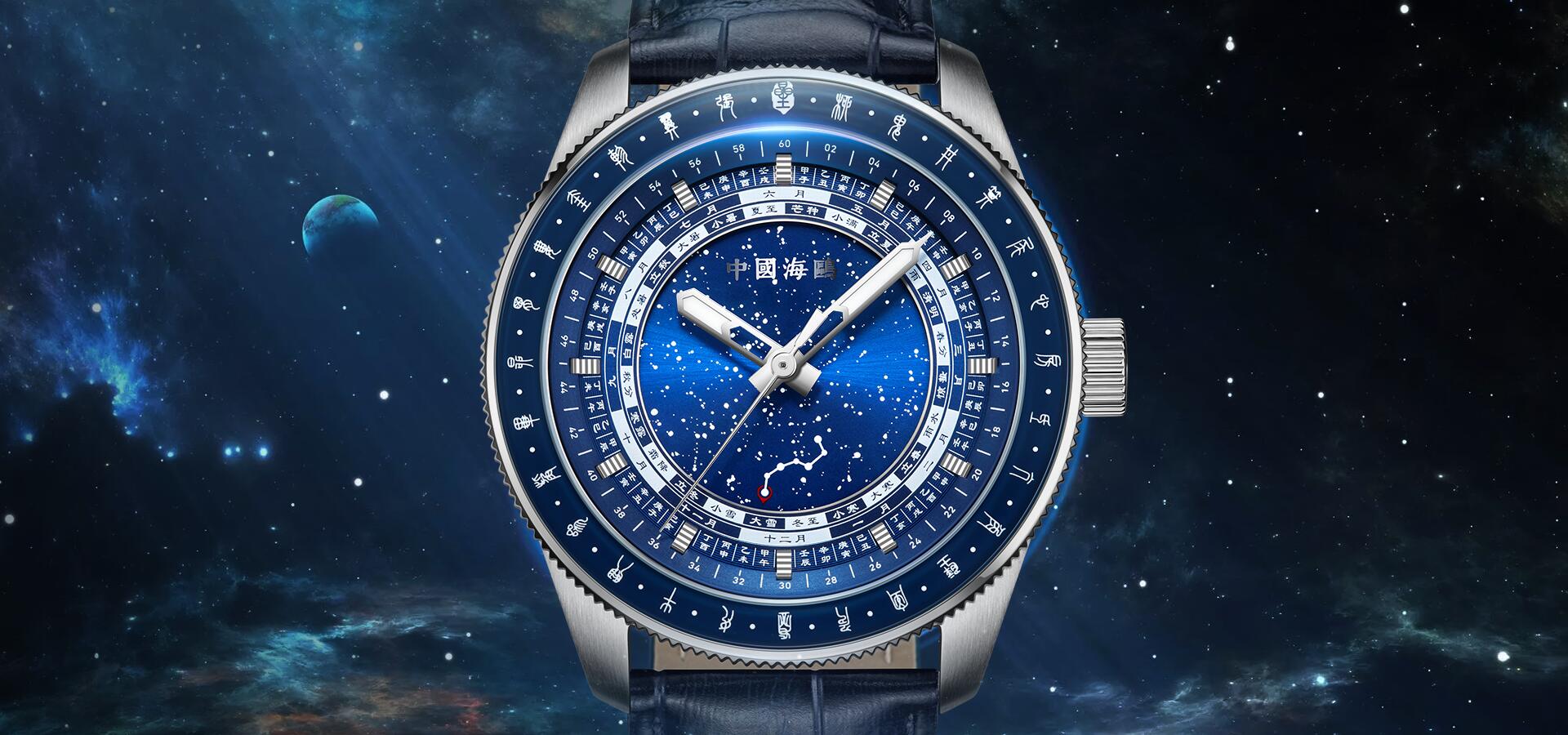
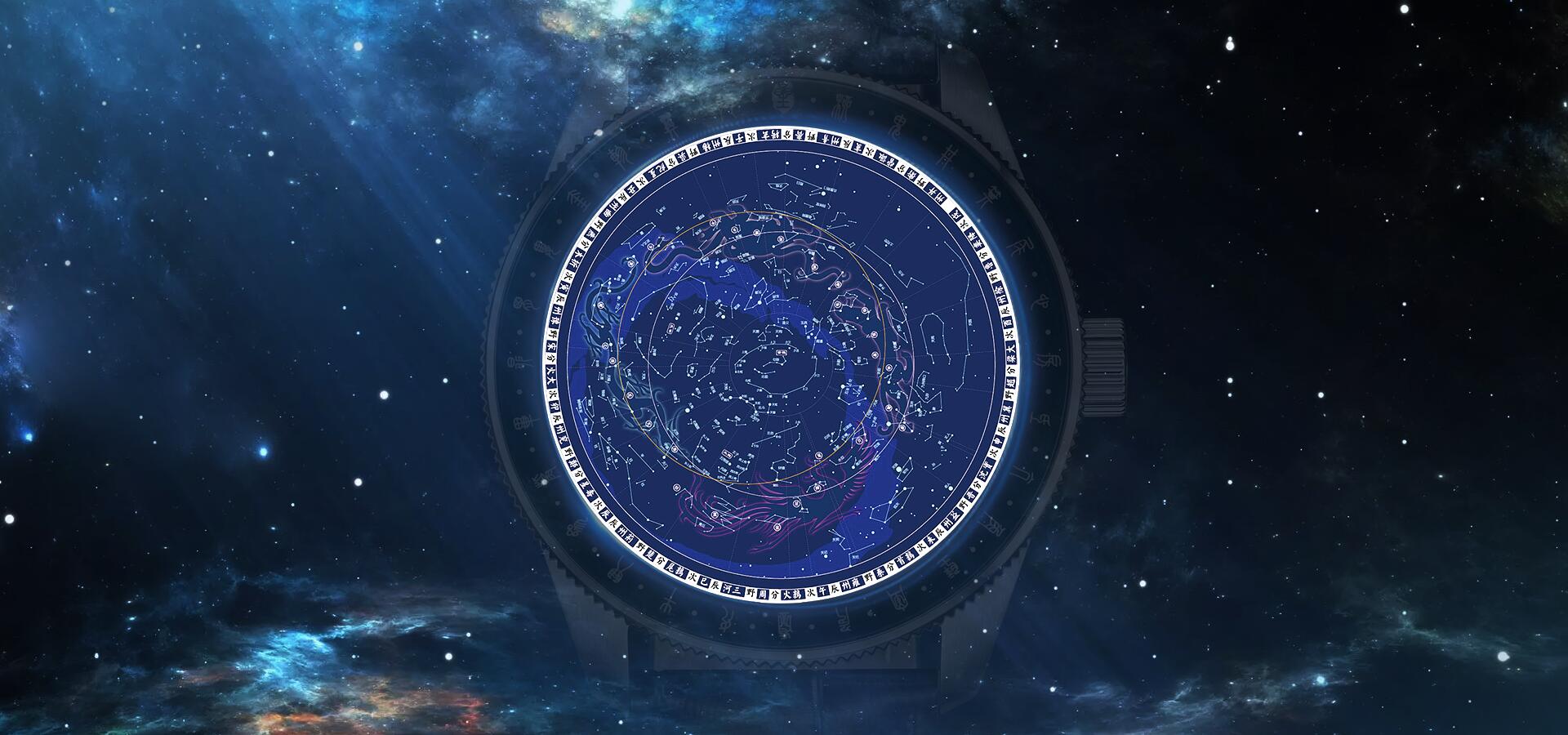
Calcul du disque
En observant la rotation de la Grande Ourse, on peut calculer le mois lunaire, ses 24 termes solaires correspondants, ainsi que l'année en cours dans le cycle sexagésimal à tout moment.

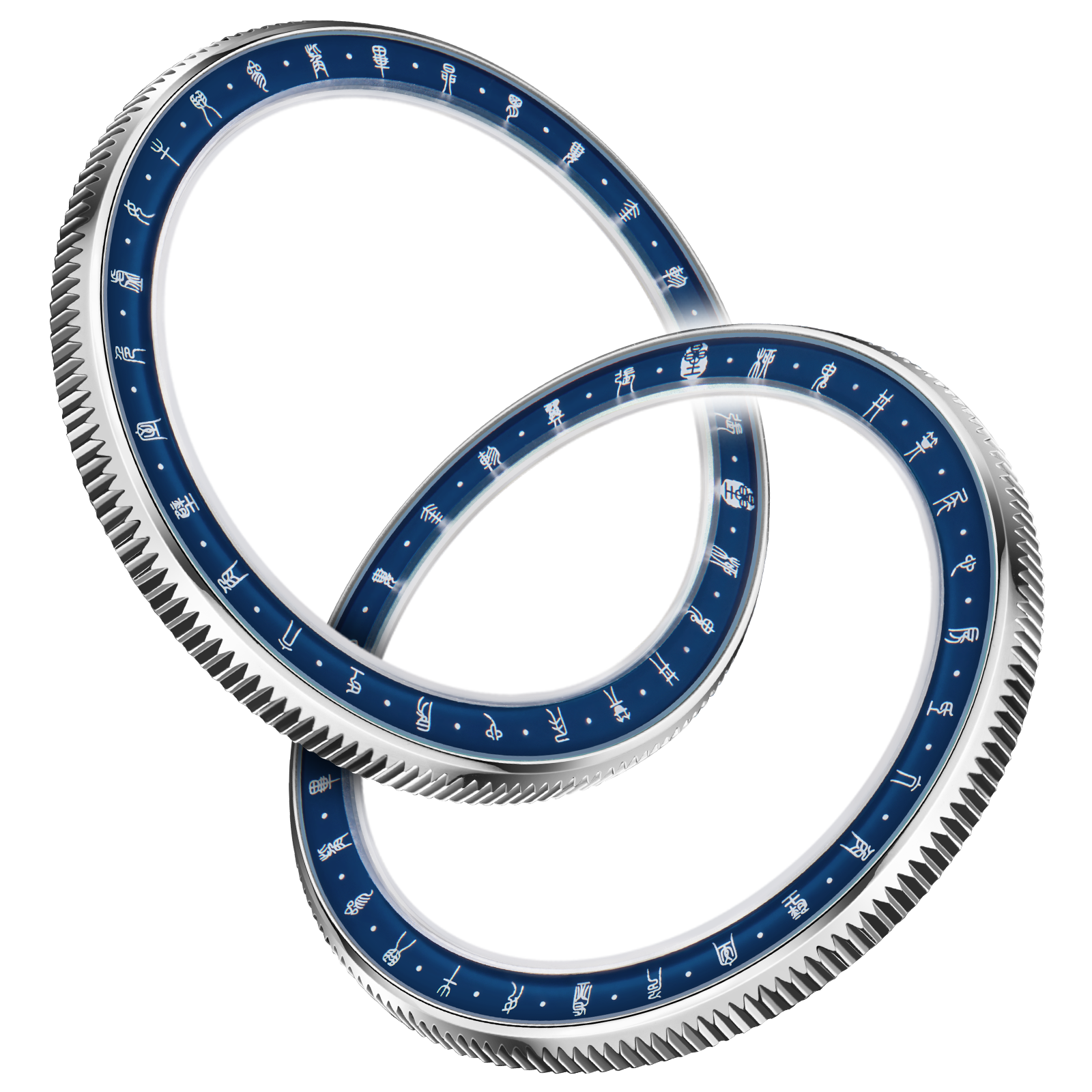
28 Mansions Seal Script
To use your watch to locate the constellations, lift the watch above your head and keep the dial perfectly horizontal—parallel to the top of your head. Then use a compass to align the watch: rotate it until the “Vermilion Bird” (the southern Seven Mansions) marking on the dial points toward true south. Once it is correctly aligned, the outer ring of the watch—marked with the 28 lunar mansions—will show the approximate direction of each constellation in the sky.
You can also use the Big Dipper indicator on the inner dial. Simply follow the direction of the Dipper’s handle, match it with the corresponding lunar-mansion marker on the outer ring, and you’ll be able to locate the position of that constellation in the night sky.
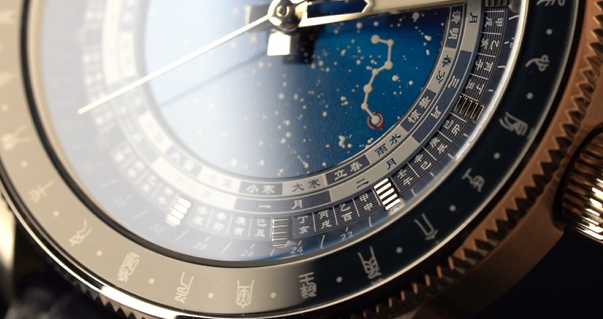
Calcul du cycle sexagésimal
Le cadran est marqué avec les noms du cycle sexagénaire de 60 ans. Voici comment trouver facilement le nom Ganzhi de l'année en cours : soustrayez 3 à l'année actuelle, divisez le résultat par 60, puis prenez le reste. Associez ce reste au nom correspondant sur le cadran—c'est fait ! Par exemple : 2025 - 3 = 2022 ; 2022 ÷ 60 donne un reste de 42. La 42e entrée est "乙酉" (Yiyou), donc 2025 est l'année "乙酉" (Yiyou). Vous pouvez aussi obtenir instantanément le zodiaque chinois : la Branche Terrestre "酉" (You) correspond au Coq, ce qui en fait l'Année du Coq.
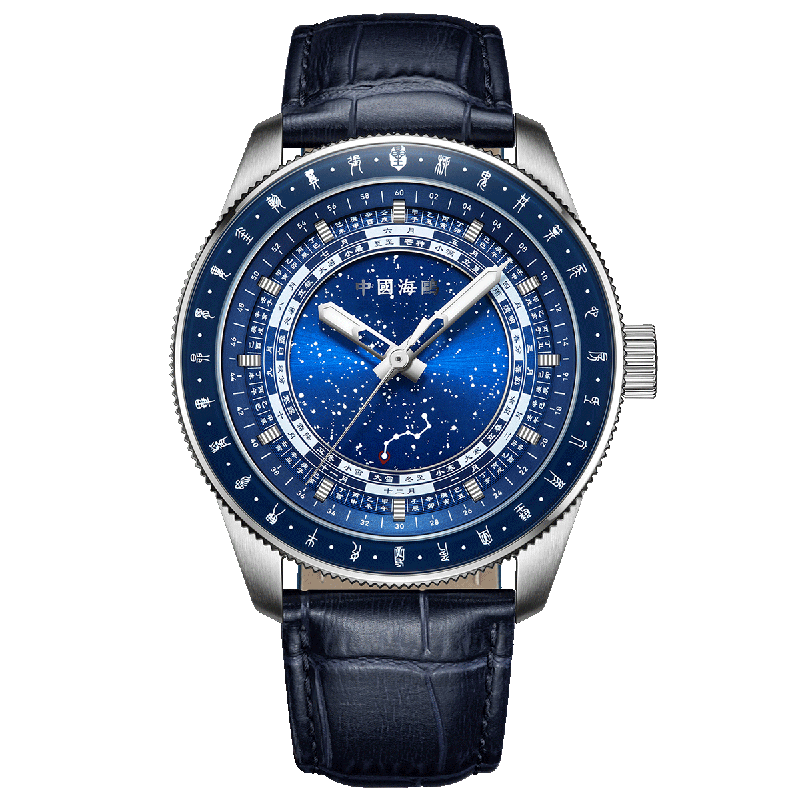
Calendrier lunaire et 24 termes solaires
Les dates de passage des 24 termes solaires sont fixées selon le calendrier lunaire. Lorsque l'aiguille de la Grande Ourse se déplace vers le terme solaire correspondant sur le calendrier lunaire, le mois lunaire en cours ainsi que le nom du terme solaire peuvent être obtenus directement.
Sea-Gull
Ultra fin Tourbillon
Inspiré par le Guqin chinois
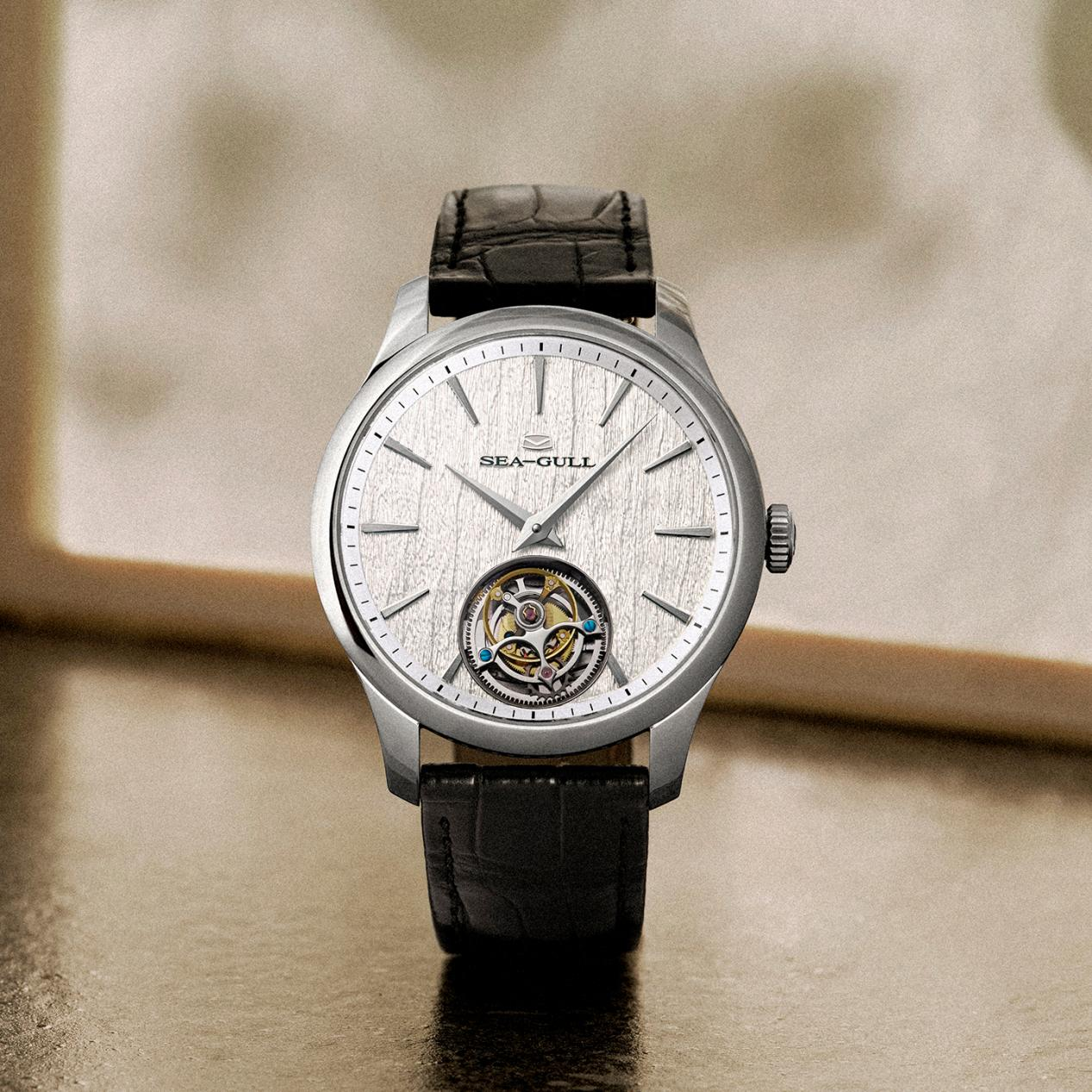
Sagesse Moderne, Héritage du Guqin
Ce tourbillon ultra-fin s'inspire de l'esthétique classique chinoise : « 官帽椅 » (chaise à chapeau officiel) et « 古琴 » (cithare). Son cadran réinterprète les accoudoirs courbés de la chaise et le grain de la table d'harmonie du guqin, intégrant des éléments traditionnels dans un design unique et artistique qui allie élégance intemporelle et horlogerie innovante.
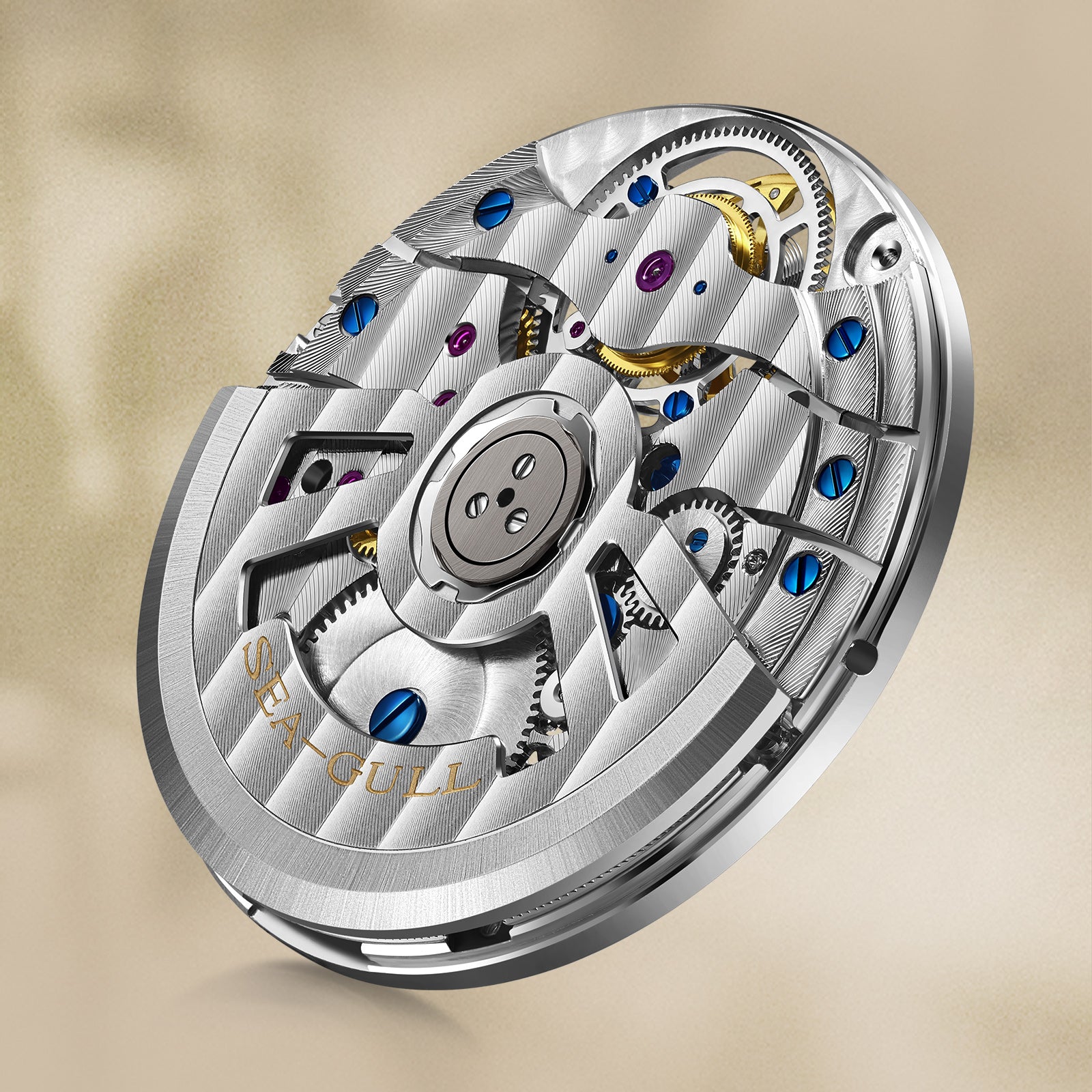
Ultra-Thin Craft: ST8610 Movement
The ST8610 movement sits at just 4.3mm thin, with its automatic rotor slimmed to 0.8mm—80% the thickness of traditional manual-winding movements.
Détails de la montre
The dial’s micro-engraved guqin crackle shifts with light—each line hums with time’s old melody, bearing the weight of years in every textured detail.
Décrivez un produit, partagez des annonces ou accueillez les clients dans votre boutique.
Partagez des informations sur vos tarifs d'expédition, votre politique de retour ou vos coordonnées.

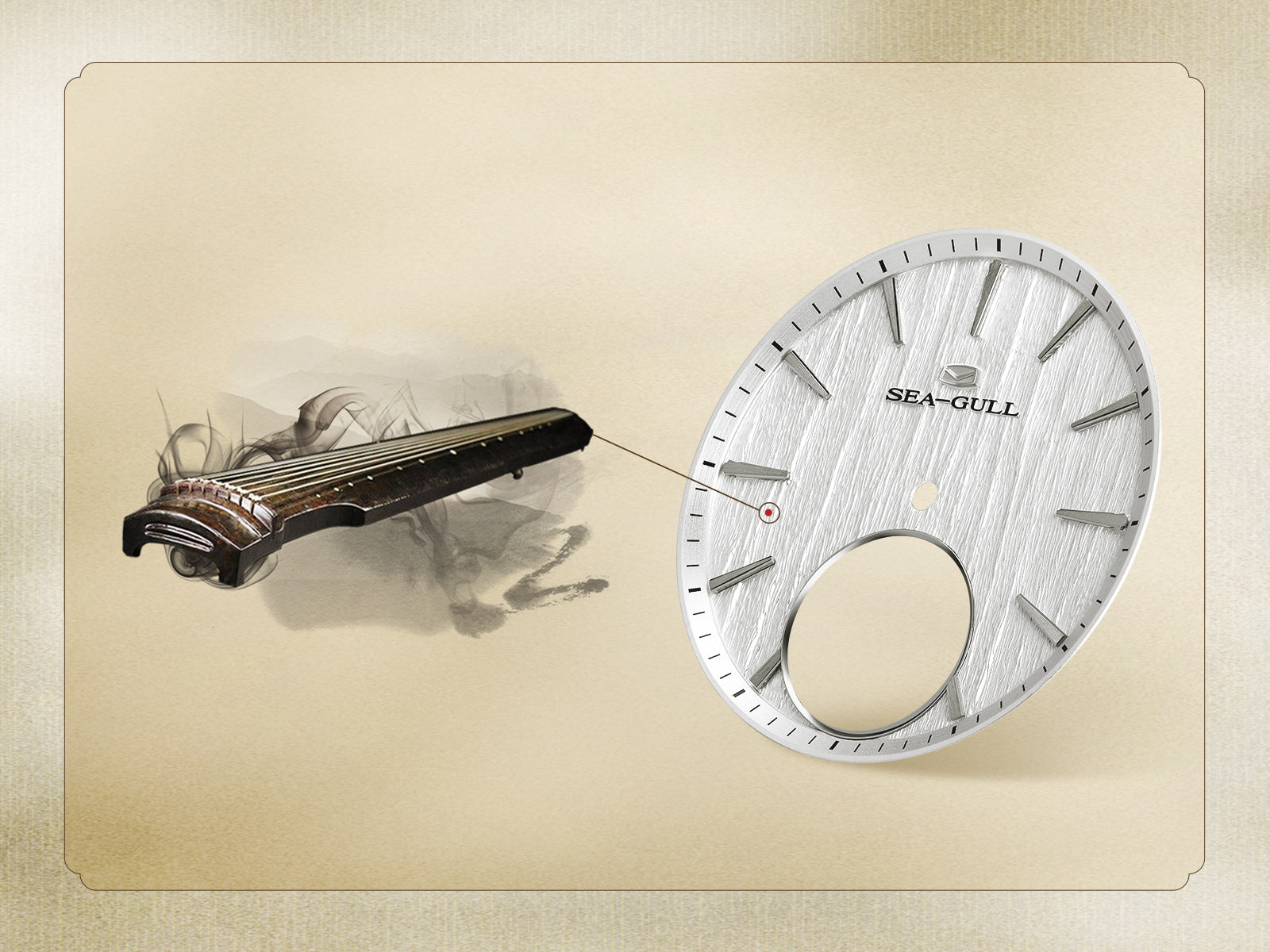
#1
Accueillez vos clients dans votre boutique en partageant des offres temporaires ou en leur expliquant en quoi consistent vos produits.
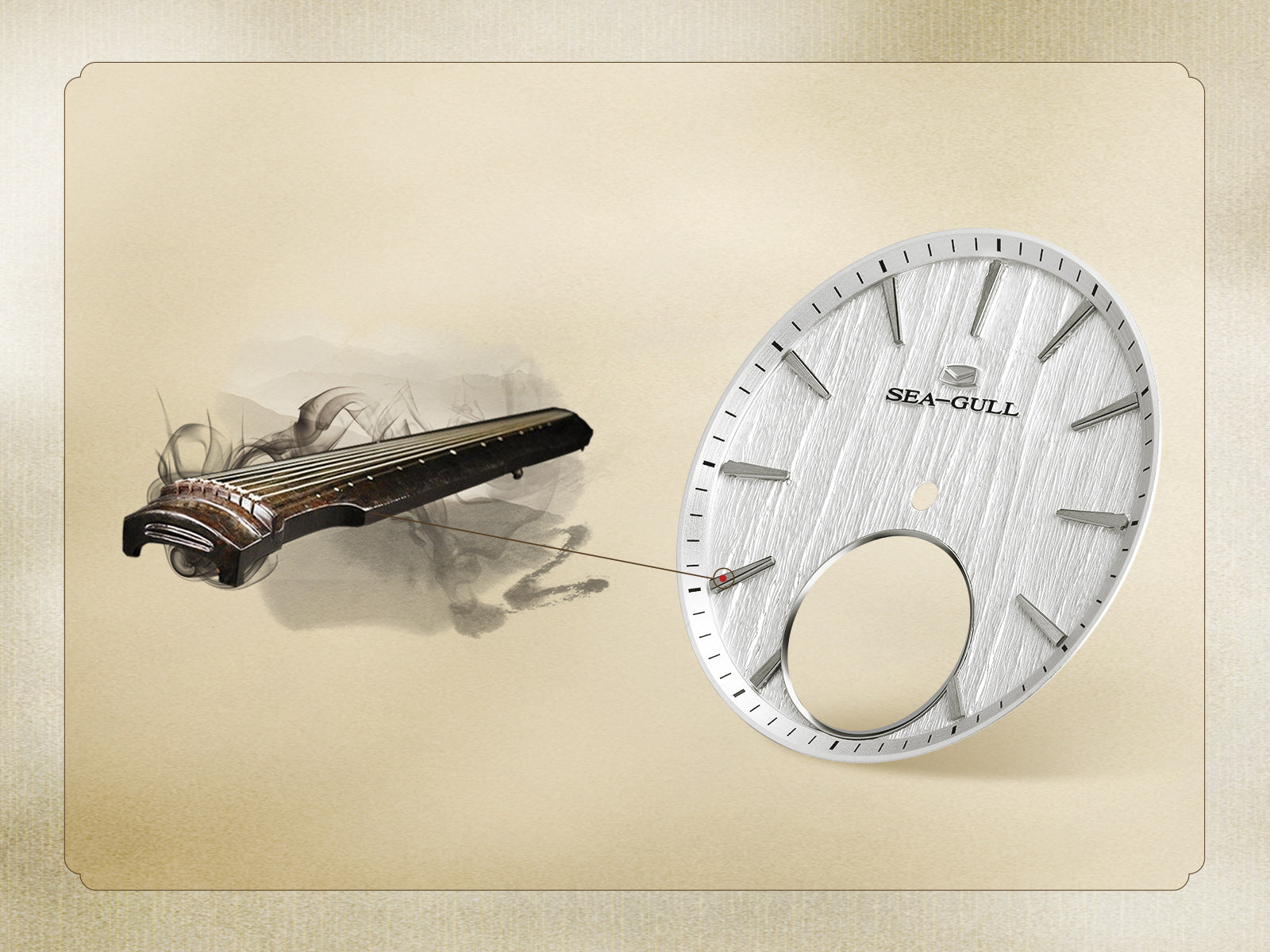
Raised Hour Markers
Inspired by the "Nine-Ring Hupei Qin" of the Tang Dynasty’s Fushi School, these 3D character studs replicate the iconic silhouette of ancient guqins—adding a tactile, three-dimensional depth that echoes the instrument’s timeless grace.
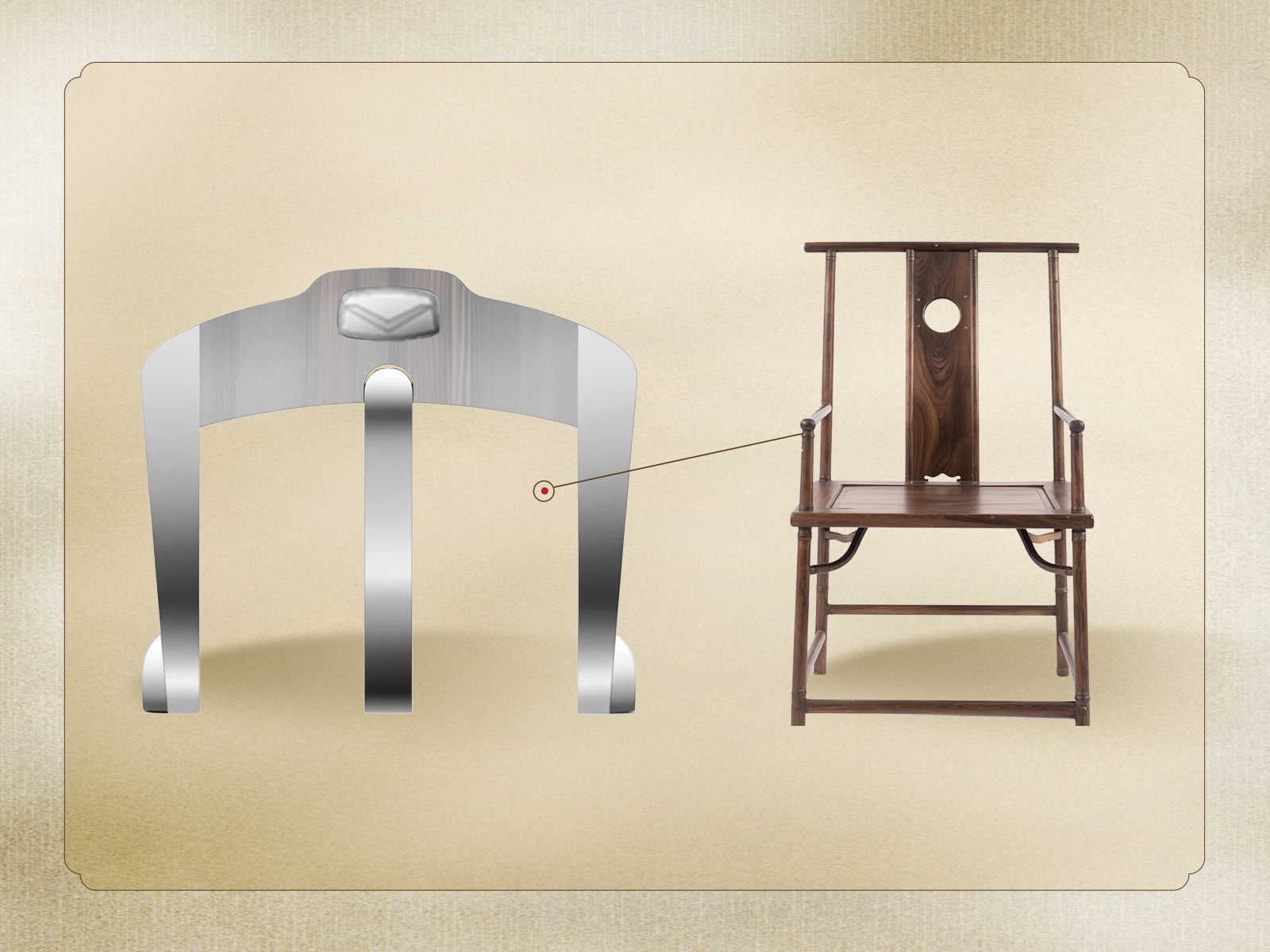
#2
Créez la confiance avec vos clients en racontant l'histoire de votre marque. Partagez vos valeurs ou ce qui est important pour vous.
Sea-Gull
Han Dynasty
Inspired by Han culture
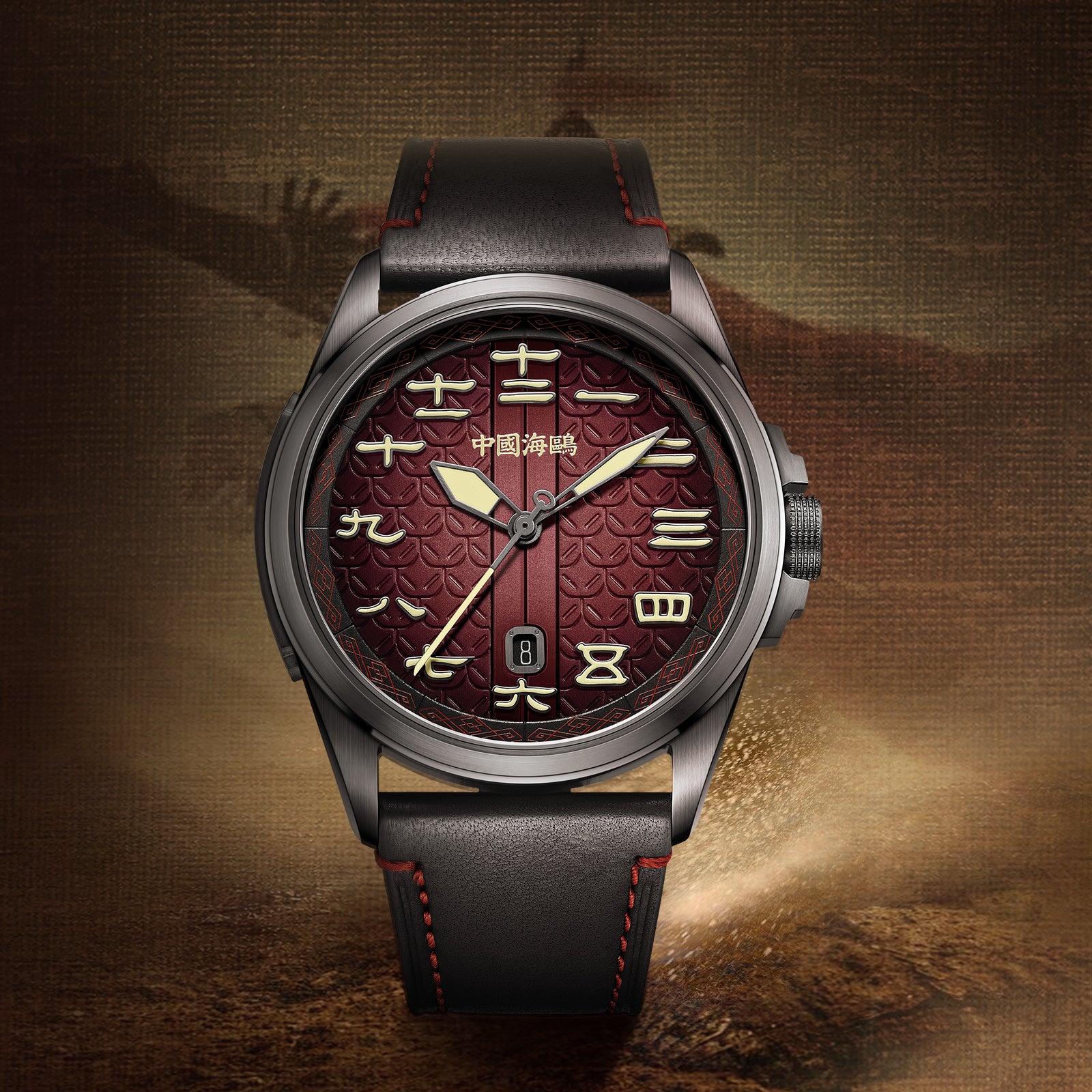
The Majestic Spirit of the Han Dynasty
Taking Han culture as the design inspiration, this watch integrates ancient elements into modern accessories. It infuses the indomitable national spirit and the profound Han culture into the timepiece, allowing the aspiration for national strength to transcend time.Cultivate a noble spirit and hold lofty ambitions.Experience the courage and power of soldiers from the cold weapon era over 2,000 years ago.
Heading
Use this text to share information about your brand with your customers.
Describe a product, share announcements, or welcome customers to your store.
Share information about your shipping rates, return policy or contact information.
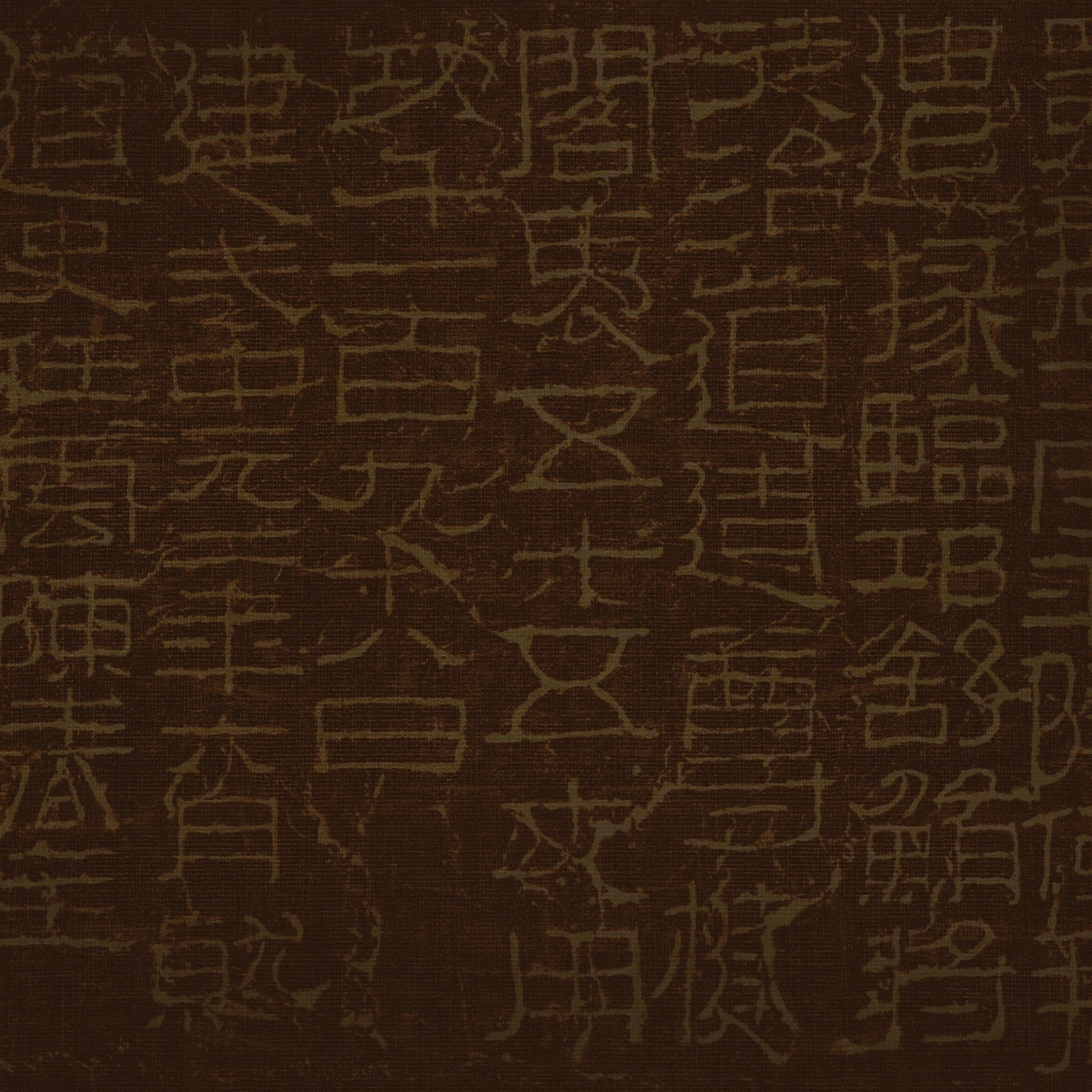
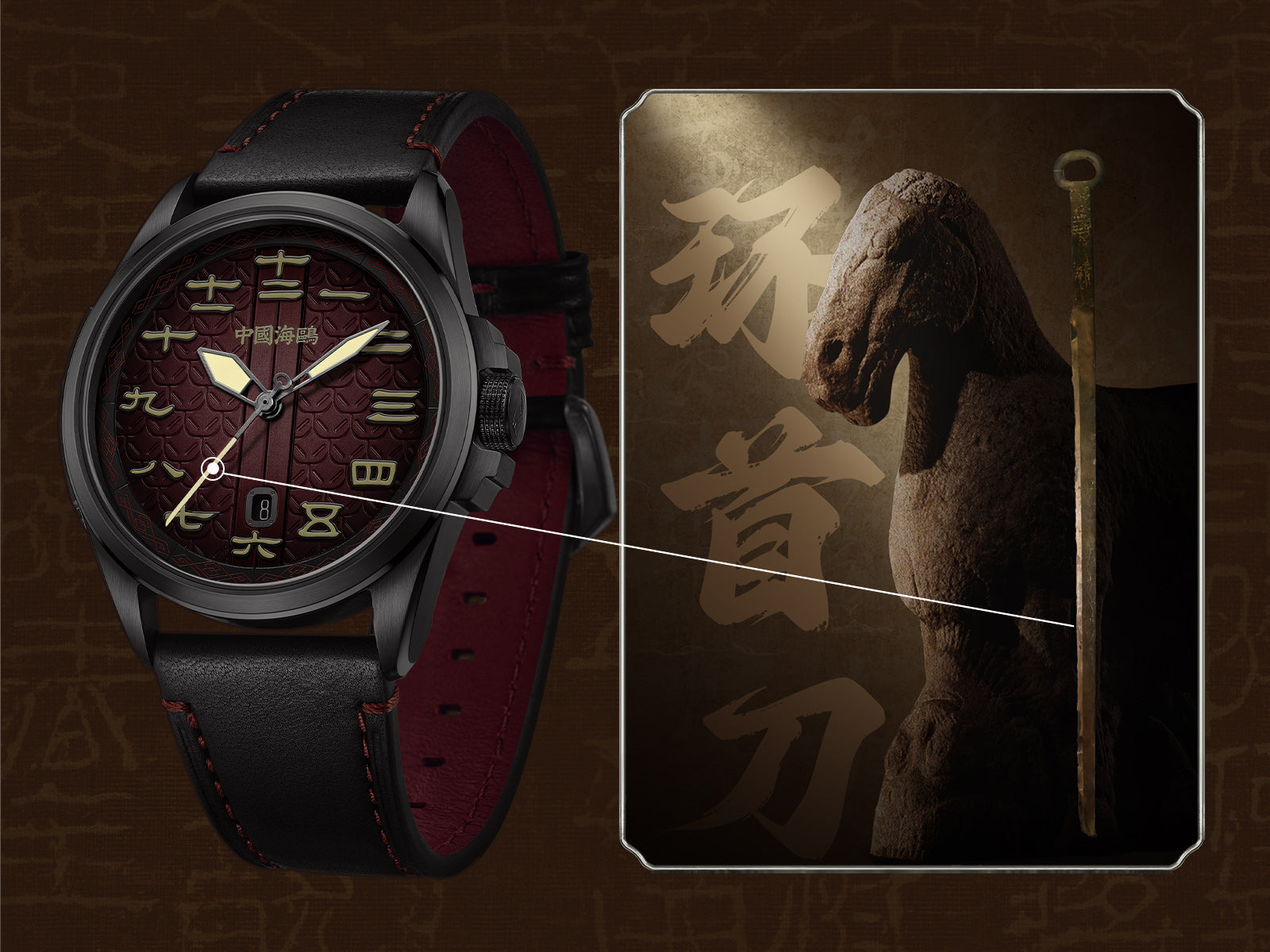
Han Sword Second Hand
The second hand's design is inspired by the ring-pommel sword of the Han Dynasty. Its single-edged blade rotates clockwise, exuding a majestic aura.
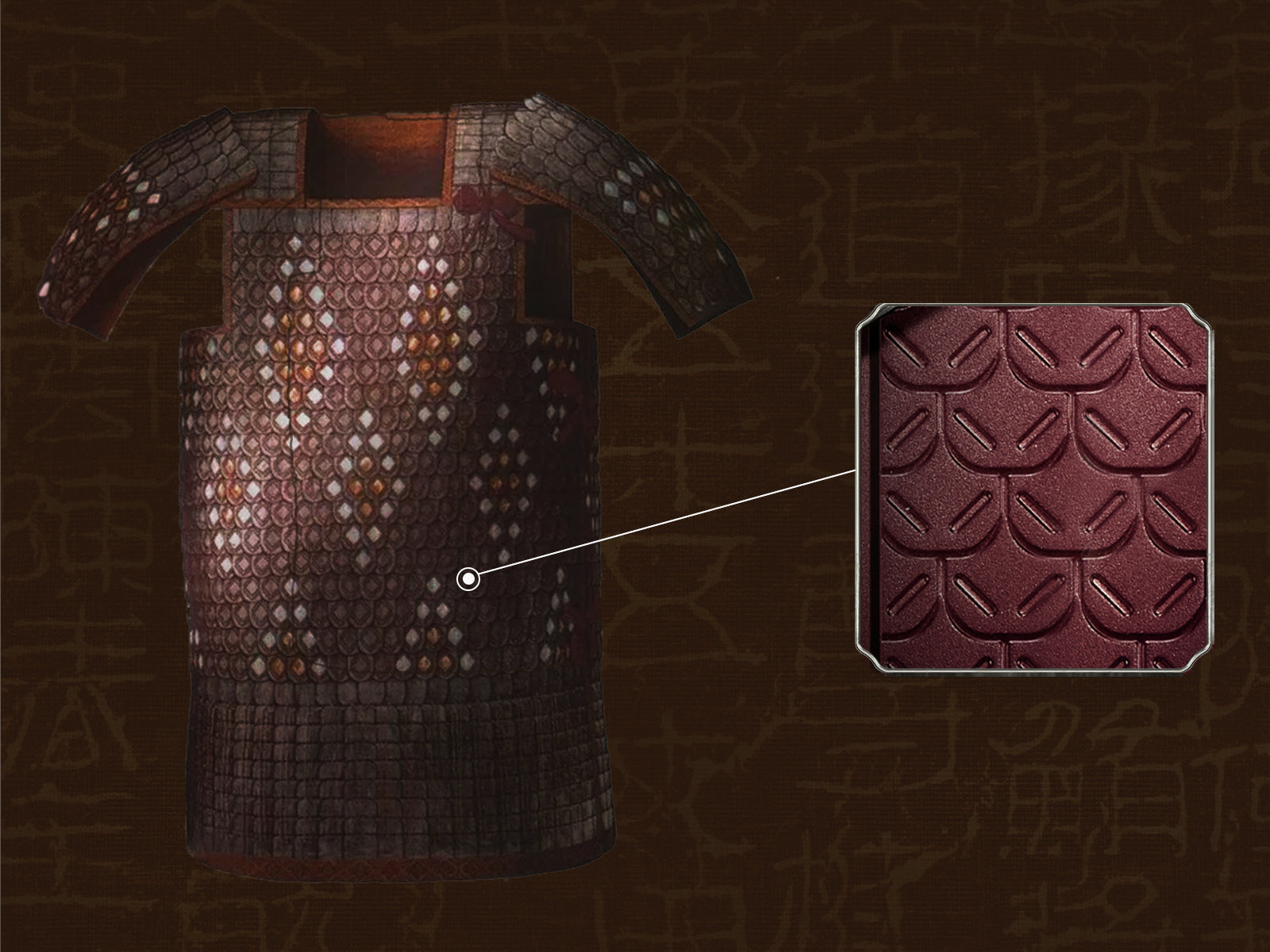
Han Dynasty Lamellar Armor
Han Dynasty iron armor was also called "Xuanjia" (black armor). Lamellar armor was a common style among Chinese iron armors, and also a widely used armor type in actual combat. From high-ranking generals down to ordinary soldiers, lamellar armor was commonly worn.
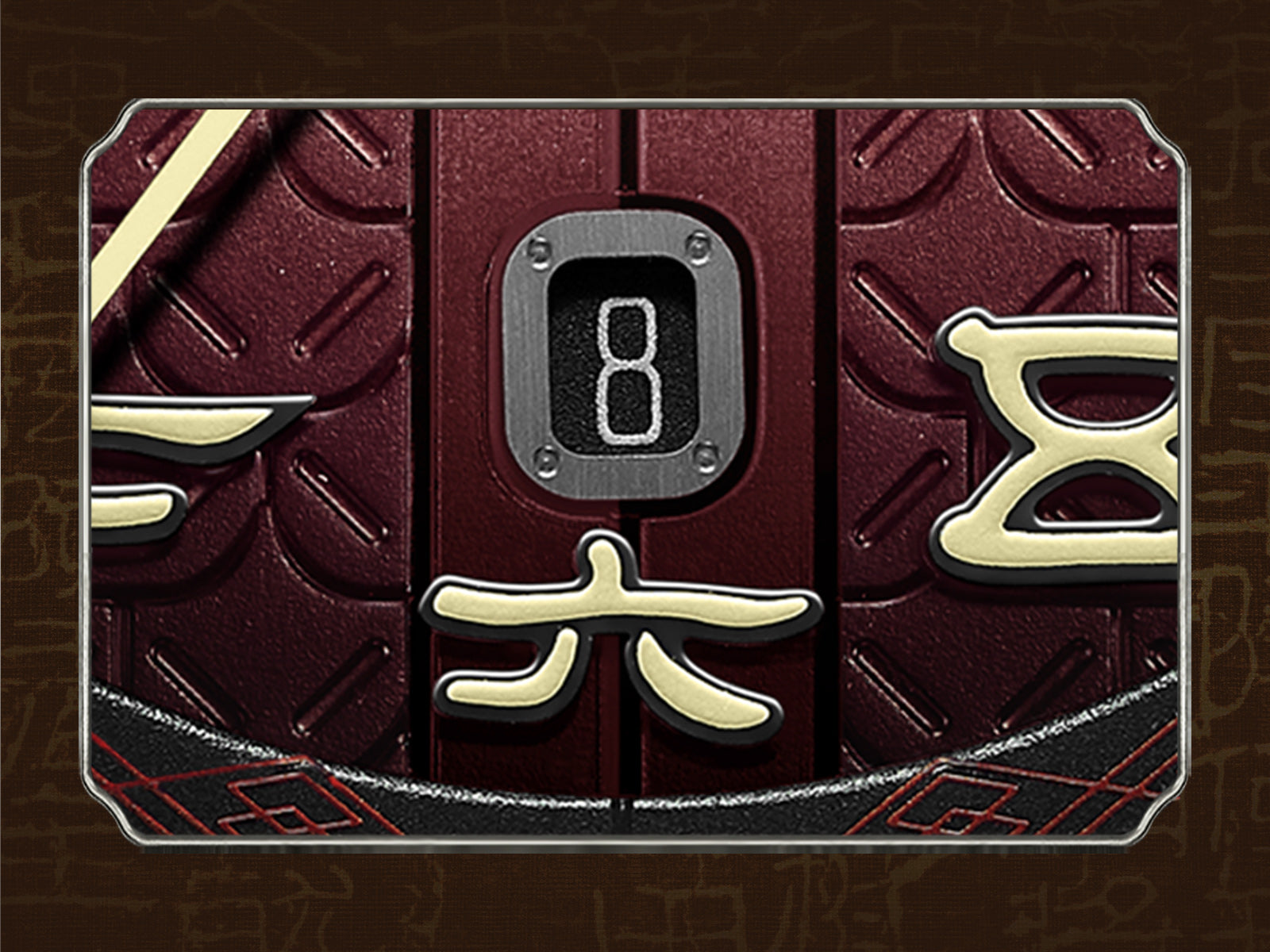
Calendar frame styled after dark iron armor scales
Sea-GUll




